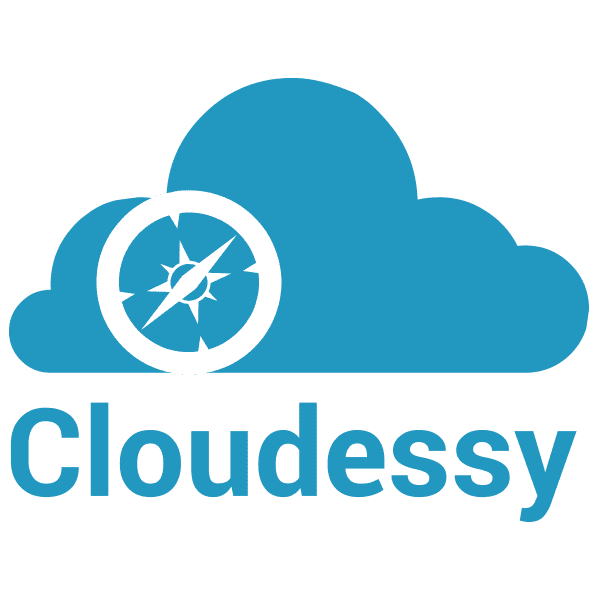
Several months ago, I wrote about the importance of CEOs, presidents, and business owners being open to the concept of “hybrid cloud”–the utilization of one or more public cloud infrastructures in conjunction with a private cloud. Key to making this work is some form of “unified IT management,” allowing for administration of all your resources from a single tool.
Last week, I posted about an update to Datamation’s article comparing the leading public clouds, which called out Azure’s hybrid cloud advantage. In this case, the definition of “hybrid cloud” includes on-premise and remote resources running on bare-metal or in virtualization, as well resources running in a private cloud environment such as OpenStack or Nutanix.
Microsoft integrates these two environments by connecting Windows Admin Center to Azure hybrid services. This allows local resources to take advantage of Azure-based business continuity tools, such as Backup and Site Recovery, as well as storage functions like File Sync and Storage Management Service. On the flip-side, cloud-managed tools such as Security Center, Update Management, and Azure Arc become available everywhere.
While organizations relying heavily on non-Windows operating systems may want to explore other options, if your environment is Microsoft-centric, the combination of Windows Admin Center and Azure hybrid services looks hard to beat. You will want to give serious consideration to the efficiency gains of using a single tool to manage the majority of your resources (no matter where they reside) before you give the green light to a public cloud initiative that unnecessarily increases management overhead.


